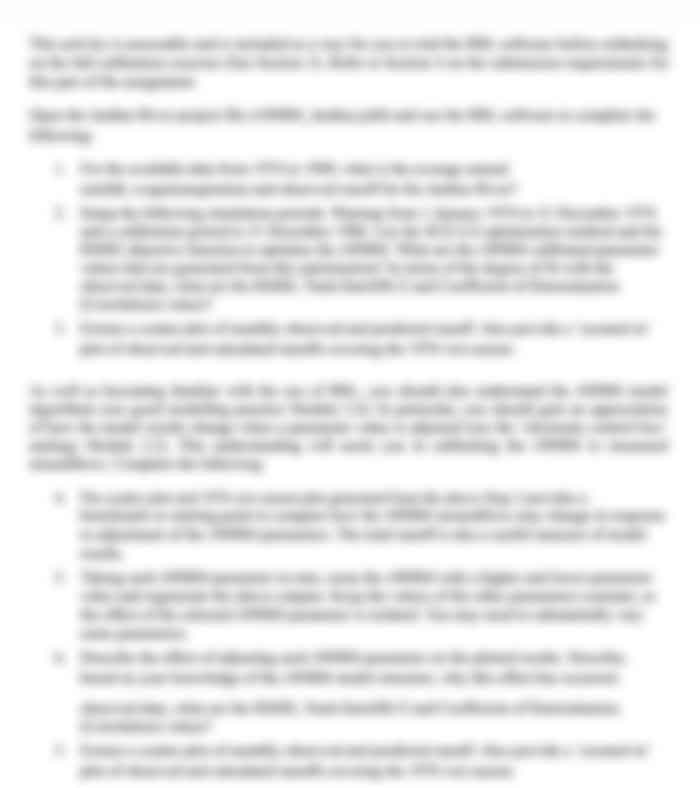ICT583 Data Science Applications Assignment
Assignment 1 Mid-term assignment (group assignment)
For this assignment, your group will conduct a concise literature review on the latest data-driven models for the dementia risk analysis and prediction. The purpose of this review is to help you gain knowledge and ideas about the most up-to-date data-driven approaches used for dementia risk analysis and prediction, so that you can develop your own models to analyze the dementia data provided in Assignment 2.
Group assignment guidelines:
- You will be working on this assignment in a group of 3 to 4 students.
- Please note that you are only allowed to form a group with students who are enrolled in the same tutorial as yours.
- Each group is required to submit one literature review in a Word document and one signed group contribution sheet. Only one group member, designated as the liaison person, should submit the required documents on behalf of the group.
- Collaborate with your group members to complete the assignment and submit it before the deadline. Make sure to communicate effectively and contribute to the group's work EQUALLY. A group contribution sheet is required to submit along with this assignment. Each group members individual mark will be given based on the contribution to the group work.
Literature review guidelines:
- You are required to review at least five computing JOURNAL articles published date after 2020 that focus on dementia risk analysis and prediction modeling using data-driven models and analytics tools, such as statistical, machine learning and other data mining techniques.
- Word limit: 1,500 words (can be within a +/- 10% range of this word limit), excluding references.
- The document should be formatted in Times New Roman 12 font, single line space, with Normal margins selected (from the Word 'Layout' menu, choose 'Normal').
- Your review should be well-structured, clearly written, and appropriately referenced. The following outline should be followed:
- Introduction:
The introduction is used to set the context of your review. In this opening paragraph, you need to:
- Define the topic of your study and provide any relevant background information that helps your reader to understand the topic.
- Explain your reason or perspective for reviewing the literature on this topic.
By doing so, you will give your readers an idea of what to expect in your review and what and why data-driven models for dementia risk analysis and prediction is significant.
- Body:
This section begins with an explanation of how you have organized your small-scale literature review.
Before you begin this section, be sure that you have sorted your reviewed articles into different themes which can be based on different analyzed data types, data-driven techniques, or the purposes of data modelling. After you sort your articles, it is important to give your sorted groups a descriptive name. The names of the sorted articles will become your headings for each of the paragraphs that you write in the body of your review.
To write the body of your small-scale literature review, it is important to include the following:
- Write an introduction paragraph for the body of your review. This paragraph tells the reader specific information on how many articles you reviewed and how you sorted the articles into common themes.
- This will be separate paragraphs that describe each theme and a summary of each article including the data resources used, adopted data-driven models, findings, advantages, and weaknesses, etc. you can also compare, contrast and/or connect the articles you've selected under each theme.
- Summary
This is the last paragraph of your small-scale literature review. In this paragraph, it is important to summarize the main findings and insights from the review. You should also identify any gaps or limitations in the studies reviewed, as well as any opportunities for further research and development in this field.
- References
This is the last page of your review. It serves as a listing of all references that you mentioned in your paper. Please use IEEE reference style when completing this list. Please refer to the useful links below.
Useful links:
Where to find literature review
https://scholar.google.com.au/
https://librarysearch.murdoch.edu.au/discovery/search?vid=61MUN_INST:61MU?=en
Search for literature Guide
https://libguides.murdoch.edu.au/LitReview/search
IEEE Referencing Guide
https://libguides.murdoch.edu.au/IEEE
https://medium.com/academicianhelp/ieee-referencing-using-microsoft-word-66c855181d64

